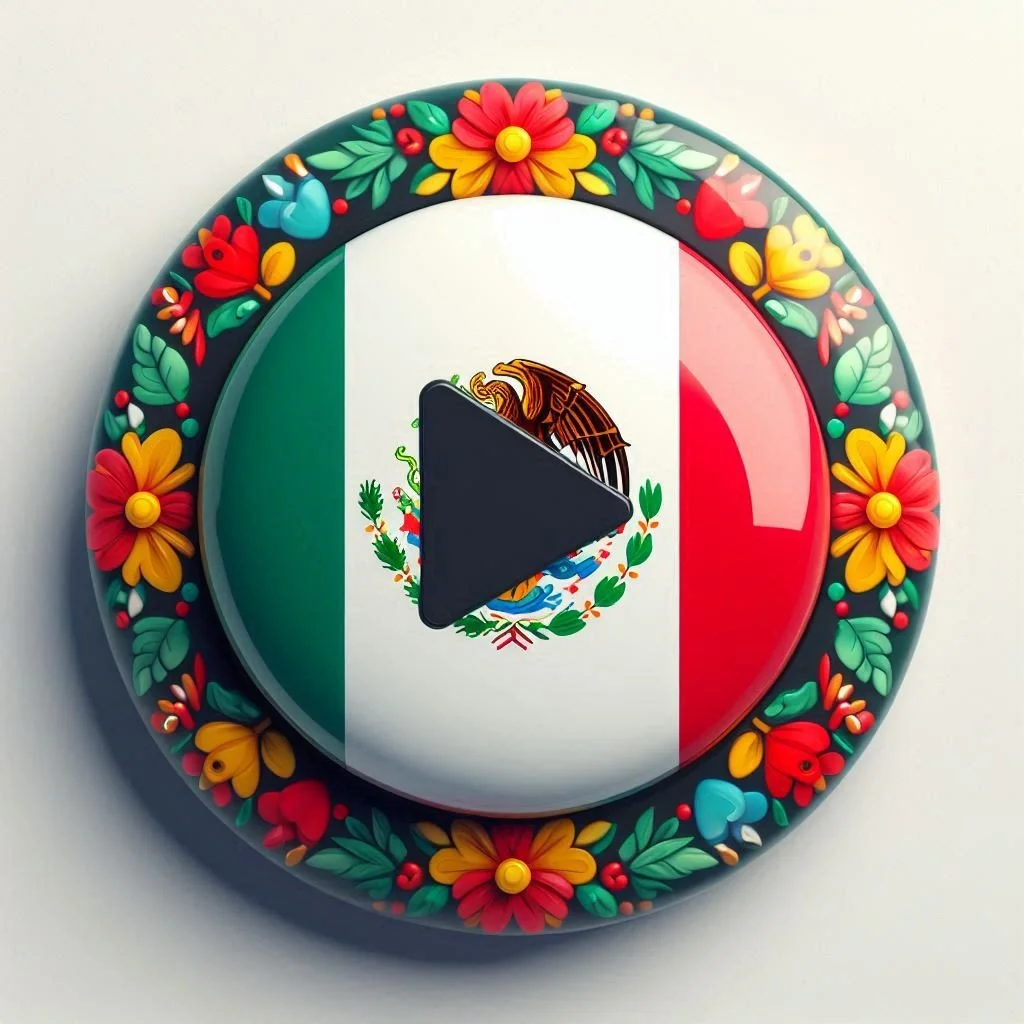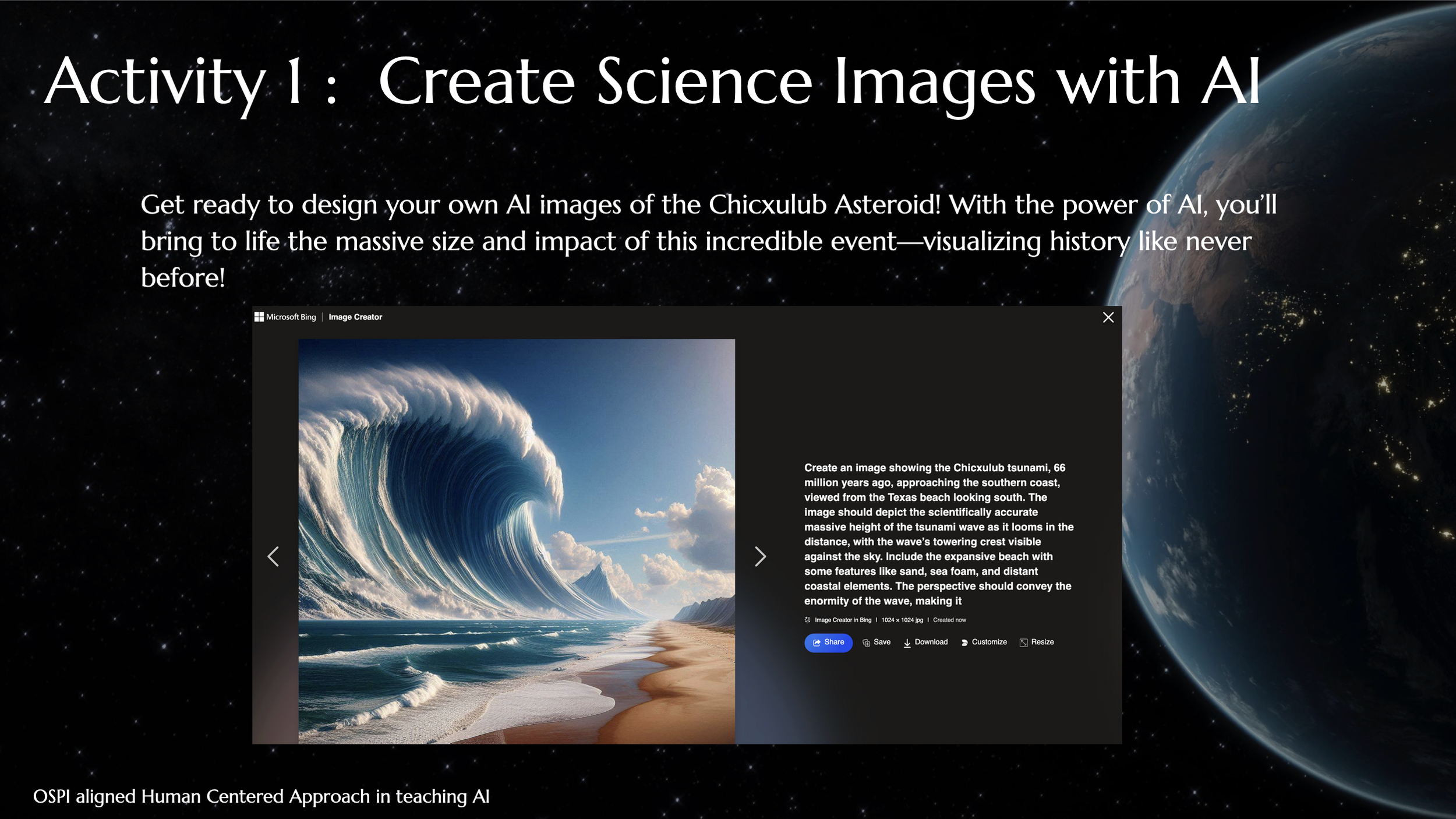Blog
Welcome to my blog! This is your go-to place for exploring teacher tools, unlocking the power of bilingual curriculum, and diving into the fascinating world of anthropology. Plus, discover fresh teaching resources that will ignite your students' curiosity.
Plus - I always link Free Teaching Resources!
How a Washington State History Partner Reading Activity Turned My Middle Schoolers Into Actual Listeners
Washington State History Partner Read activity builds self-awareness and empathy.
Teaching about the Cascadia Subduction Zone in Washington State History
Earthquakes occur almost every day in Washington State — most too small to feel — according to the Pacific Northwest Seismic Network (PNSN). On average, the PNSN records over 1,000 earthquakes each year, many centered near the Cascadia Subduction Zone, a 600-mile fault off the Pacific Coast. Students exploring this data through the PNSN learn that Washington’s seismic activity is constant, helping them understand the real geological risks facing communities like Grays Harbor, Aberdeen, and Ocean Shores. Using live seismic maps and recent earthquake logs, learners can visualize where and how frequently the ground moves beneath them — making the science of earthquakes local, relevant, and real.
How to Teach Point No Point Treaty for Washington State History
A personal reflection on why I create Washington State History lessons—and how a 7th grade class in Elma, Washington (with a teacher who always locked the door after the bell!) inspired my latest DBQ resource on the Point No Point Treaty. In this post, I share why it’s so hard to find updated materials for this subject, how I tackled that challenge, and what students gain when we connect treaty history to civic action today.
How To Use Laughter to Teach Spanish (and Why It Works)
ring Spanish to life — with laughter.
In this hands-on, low-prep Spanish activity for 5th grade, students act out animals and emotions using printable cards and our Google Slides set. It’s silly, it’s structured, and it works.
With just 5 minutes of prep, you’ll have your class confidently speaking Spanish sentences like:
el elefante está cansado
la vaca está feliz
— and more.
This fun Spanish lesson supports novice-level speaking goals while sparking engagement through movement, laughter, and memory.
How To Use My ChatGPT Teachers Pay Teachers Description Maker
Let’s be real: using generic ChatGPT for writing Teachers Pay Teachers descriptions gets old fast. You have to retype your prompts, re-explain your formatting preferences, and constantly remind it to prioritize SEO and buyer-relevant info. I was over it—so I built something better.
With my custom ChatGPT TPT Description Maker, you get a trained assistant who already knows exactly what makes a strong product description. I uploaded all my SEO tips, formatting rules, and best practices straight into the GPT—so it delivers polished, professional, skimmable descriptions every time. No fluff, no repeats, just results.
Exploratory Spanish Vocabulary Slides: How to Use Them in Your Classroom
Exploratory Spanish works best when students get clear structure, strong visuals, and lots of chances to hear and use language. In this post, I break down how I run vocabulary slides for upper-elementary: quick routines, audio icons for pronunciation, semantic anchors for meaning, and low-prep practice that fits interpretive, interpersonal, and presentational modes. You’ll see exactly how I model, cycle, and check for understanding—plus tips for pacing, differentiation, and zero-stress transitions. Grab the slide flow, teacher prompts, and student tasks to make your next Spanish block smooth and engaging.
Exploratory Spanish How to Teach with Icons
Teaching Spanish to beginners doesn't have to feel like drilling vocabulary or memorizing grammar rules. In this blog, I’ll share how using semantic anchors—simple visuals, icons, and audio cues—can transform the way upper elementary students learn Spanish. These tools help make grammar more intuitive, reduce cognitive overload, and turn language learning into a fun, meaningful journey of discovery.
Big Give Away for fifth Grade Science Teachers
Ever wondered what a 200-meter dinosaur-killer wave would look like crashing into Texas? My new free 5th-grade NGSS science lesson lets students use AI to find out. The Chicxulub Tsunami & Atmosphere Lesson combines deep Earth history with hands-on AI skills, helping kids visualize the asteroid impact that ended the dinosaurs—while learning about scale, proportion, and scientific modeling. Packed with narrated slides, printable activities, and a crash course in responsible AI use, it’s a no-prep resource for teachers ready to bring the prehistoric past to life. 🌊🦖
Puppy Emotions 2.0: A Fresh Take on Teaching French Feelings
One of my very first Teachers Pay Teachers resources — Puppy Emotions — is getting a complete makeover. What began as simple laminated vocabulary cards for words like fâché, contente, and inquiète is now becoming a fully interactive Google Slides lesson. The new version will guide students from learning individual words to building full French sentences, with embedded audio narrations so they can listen, repeat, and practice anytime. After years of studying languages myself, I know that repetition and instant audio feedback can make all the difference — and this updated lesson is designed to give students both.
How to create content that isn’t Woke?
Discover how to create science lessons that stay true to evidence, not ideology. My Human Evolution: Bipedalism curriculum explores sexual dimorphism through a hands-on pelvis comparison activity, sparking debate for its unapologetic focus on biological facts. Learn why sticking to standards like HS-LS4-4 matters in crafting engaging, non-woke content that inspires students.
Speak Spanish Naturally: Exploring Tenses with Audio Slides and Sound
🎧 Speak Spanish Naturally: Exploring Tenses with Audio Slides and Sound
Ready to take Spanish learning beyond the textbook? This post dives into an innovative lesson that helps students master present and future tenses while sounding natural and confident. Drawing on years of immersive language experience—from life in Mexico to studying French and Italian—the author introduces a five-paragraph, fill-in-the-blank activity enhanced with embedded audio and interactive slides.
Discover how real-life context, like Cada mañana me levanto temprano and Mañana saldré de viaje, meets hands-on practice in the classroom. With tips for group challenges, self-paced learning, and multisensory engagement, this resource is perfect for teachers who want to bring language to life.
👉 Get ready to blend grammar with authentic conversation and watch your students thrive!
Level Up Language Learning: Adding Audio Narration to Google Slides™
🎧 Transform Your Language Lessons with Audio-Enhanced Google Slides™
Static slides are out—interactive, immersive lessons are in! Adding audio narration to your Google Slides™ is a game-changer for foreign language learning. Students don’t just read—they listen, repeat, and build real confidence in speaking. In this post, I’ll show you how audio integration turns vocabulary and grammar exercises into dynamic experiences that improve pronunciation, listening skills, and fluency. Ready to level up your lessons? Let’s dive in!
From Chixulub to Chatbots: A New Way to Learn Word Roots
What if students could see the meaning of Greek and Latin roots instead of just memorizing them? In this blog, I share how I combined AI image generators with language instruction to create an imaginative, cross-curricular lesson for fifth graders. Inspired by my science unit on the Chixulub asteroid and years of virtual teaching, this activity invites students to invent new words using random affixes, infer their meanings, and bring them to life through AI-generated images. It's a fresh, tech-savvy twist on root word instruction—complete with audio-narrated slides, teacher tools, and deep interdisciplinary learning.
Remembering New Wave Cinema
Step into the world of Godard, Truffaut, and the bold filmmakers who revolutionized cinema. My new narrated lesson brings French New Wave (La Nouvelle Vague) to life with rich visuals, authentic language, and embedded native audio narration. Students don’t just read about cinéma vérité—they hear and feel the rhythms of French dialogue in context.
How To Figure out what AP Art History Teachers need
When I embarked on creating my AP Art History product line, I was both thrilled and daunted. As a French major with a passion for art, I’d spent years wandering museums from Paris to Istanbul, but crafting curriculum for AP teachers was uncharted territory. My first step was tackling the College Board’s 250 required artworks—a task made easier by my academic background and travels to places like the Strasbourg Cathedral and Mexico City’s Aztec-rooted landmarks. What makes my resources unique is the narrated Google Slides, bringing art history to life for students and teachers. From Global Prehistory to contemporary works, I’ve poured my global experiences into lessons and bundles, like those exploring Colonial America or seasonal themes. My goal? To make AP Art History engaging and accessible, especially with targeted tools for mastering those tricky Free Response Questions.
Using AI to Enhance AP Art History Lessons: A Creative Approach to Learning
Using AI to visualize iconic works of art has completely transformed the way I teach AP Art History. By creating digital images inspired by architectural masterpieces like Angkor Wat, Shwedagon Pagoda, and the Bayon Temple Faces, students can interact with these monumental sites in ways that textbooks alone can't offer. The ability to see and explore these spaces—complete with water elements, sculptures, and pathways—helps deepen their understanding of the cultural and historical significance behind the art. AI not only makes these works more accessible, but it also encourages creativity and critical thinking, allowing students to engage with art history in an interactive, hands-on way.
Blending the Past: How I Create Mosaics that Mix Byzantine Art with Classical Themes
In this blog, I explore the exciting journey of blending Classical and Byzantine art styles using modern digital tools. By combining the lifelike, human-focused details of Classical art with the flat, stylized figures and golden backdrops of Byzantine mosaics, I've created a unique fusion of both periods. Whether it's the fluid poses of Classical gods like Neptune or the rigid, divine authority portrayed in Byzantine figures like Emperor Justinian, my approach showcases the evolution of art from physical perfection to spiritual transcendence. Dive into this creative process and discover how you can bring your own artistic ideas to life with a blend of tradition and innovation.
How To Start A New Project
Ten years ago, I traded my red pen for a rolling pin. Well, almost. The idea of learning to make pasta had been simmering in the back of my mind for years, but like so many of us, I kept pushing it aside. Lesson plans, parent-teacher conferences, and the endless hustle of classroom life always seemed to take precedence. But this year, I decided it was time to dust off that dream—literally. Flour dust, that is.
My first attempt at pasta-making was, let’s just say, a lesson in humility. Thick, rubbery noodles that could’ve doubled as bungee cords. But as any teacher knows, failure is just the first step toward mastery. With a little guidance from YouTube’s pasta maestro, Evan Funke, and a bag of 00 flour (thanks, hubby!), I’m finally starting to get the hang of it.
What began as a personal experiment has sparked a bigger idea: blending my love for Italian culture with my passion for teaching. Imagine students learning the language of pasta—words like sfoglino (pasta maker) and tagliere (cutting board)—while exploring the rich history and traditions behind every dish. It’s a delicious way to connect culture, language, and learning.
So, here’s to embracing the mess, trying something new, and finding joy outside the classroom. Because even teachers need hobbies. Who’s with me?
How to Ethically Incorporate AI into Your Lessons
Artificial Intelligence (AI) is no longer a futuristic concept—it’s here, and it’s transforming the way we teach and learn. But with great power comes great responsibility. How can educators harness the potential of AI while ensuring it’s used ethically and effectively in the classroom? The answer lies in a human-centered approach that prioritizes the needs, abilities, and experiences of students, teachers, and administrators. From building AI literacy to addressing data privacy and fostering collaboration, this blog explores practical strategies for integrating AI into your lessons in ways that empower learners and uphold ethical standards. Whether you’re new to AI or looking to refine your approach, these insights will help you create a learning environment where technology enhances, rather than replaces, the human touch.





















